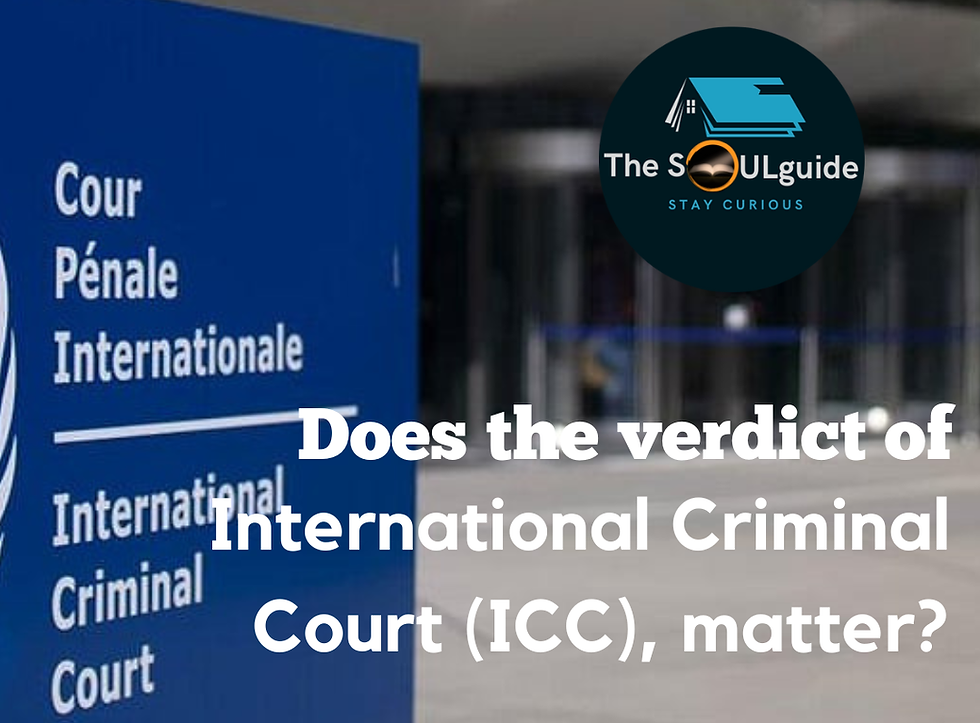Life of Sh.Lal Bahadur Shastri- Rs. 5000 bank loan, Pak war & Green revolution
- TheSoulGuide

- Oct 2, 2022
- 4 min read
Updated: Oct 14, 2022
All of us know of 2nd October for celebrating the birth anniversary of Mahatma Gandhi, the father of our nation as he is called. Today's date is also the Birth Anniversary another important and humble person of Indian history and the ex- Prime Minister of India from 1964 to 1966 - Shri Lal Bahadur Shastri.

(Image source - Internet)
Who Lal Bahadur Shastri (LBS) is and what he was known for?
Shastri ji was born on 2nd October 1904 in Mughalsarai, United Provinces of India, that is seven miles from Varanasi. Beside being the PM, he held the Ministry of Home Affairs and Railway Minister in the cabinet of Shri Jawahar Lal Nehru. He was known for his will and underestimated usually because of his short height and soft spoken-ness.
He is respected for his forthrightness and honesty, and after his passing, he was awarded the Bharat Ratna, making him the first posthumous laureate of this prestigious award.
Shastri ji was born to Lal Bahadur Shrivastava, and to his greatness he dropped his upper caste family name because he thought that would give a message to people of how bad a caste system can be and he was deeply opposed to the casteist practices in the country.
Shastri ji was known as 'Nanhe' in his childhood at home and he grew up seeing poverty at home and used to walk without shoes to get to school in the scorching heat. He studied at Kashi Vidyapeeth, Varanasi, and graduated in 1925.
He joined the Non-cooperation movement on the call of Mahatma Gandhi and left school while he was just 16 to stand against the British rule that put lasting impact on him when Gandhi ji used to criticize the Royals.
Political Life of Shastri ji
Very quickly Shastri ji was known as a leader and got established himself in the congress party. He became the secretary of the local unit of the Congress party in 1930 and later moved on to become the president of the Allahabad Congress Committee.
He was imprisoned by the British government in 1942 for his efforts to stop people in paying the land revenue and taxes to British. But he used this opportunity to read about the social reformers and philosophers and soon he was elected to the U.P Legislative Assembly in 1937.
After the independence, in the government of Govind Vallabh Pant of United Province (that is Uttar Pradesh now) he was the minister of Police. As Minister he introduced the system of using water cannons to disperse crowds instead of batons. He also allowed women to be bus conductors.
His humbleness can be seen from the incident that once being a minister he took a Rs. 5,000/- loan from bank to buy his personal car after the insistence of his family members and when his loan got quick approval he made a statement that when shall a common man should expect his loan to be approved quickly as well.
Once, in 1957 a tragic train accident took place while he was minister, Shastri ji thought to resign from his post and took no other position later after insistence he came as Minister for Transport and Communications. Later, he became the Minister of Commerce and Industry. In 1961, he formed the Committee on Prevention of Corruption.
Important events in Political life
India won the 1965 war with Pakistan.
His contributions to India's agricultural output are noteworthy. He once urged citizens to give up one meal a day in order to manage the food crisis in the country after America threatened to stop food supplies to India during the India - Pakistan war as India wasn't then self sufficient in its food requirements.
He was behind the Green Revolution in India, a major event which transformed food industry of India and and made India exporter rather than importer of food grains.
He promoted the White Revolution in order to make India surplus in milk production.
His tragic demise
Shastri ji died in Tashkent which is capital of Uzbekistan earlier part of USSR. the story of his demise is a heated debate as there are few theories that appeared after his demise.
He went to Tashkent in 1966 to sign peace declaration with Pakistani President Muhammad Ayub Khan, with the participation of Alexei Kosygin, the Chairman of the Council of Ministers of the USSR, that ended the Indo-Pakistan war. The agreement was signed and everything was fine and a banquet was held however Shastri ji died suddenly.
Lalita, the wife of Shastri, pointing to strange bluish marks on his body and claiming that he never had any heart problems in the past, said that her husband was indeed poisoned.
But the lack of any documentary evidence, other than the results of the one medical examination, only added fuel to the fire, and increased the number of people that believed in a conspiracy theory.
There are theories of being Pakistan behind his death or the Moscow (USSR) who conspired his death.
There are numerous petitions and RTI filed to the Government of India since then to investigate or publicize the facts but till now the requests are turned down. There could be number of reasons on why the government don't want to make this an issue or highlight, maybe diplomatic relations.
Whatever is the reason, he lives in our hearts forever. Shastri ji talked on self sustenance and was follower of Nehru's Socialism. Today India is on path to become a strong and self dependent nation.
stay tuned for more..




Comments